#northwests
Text

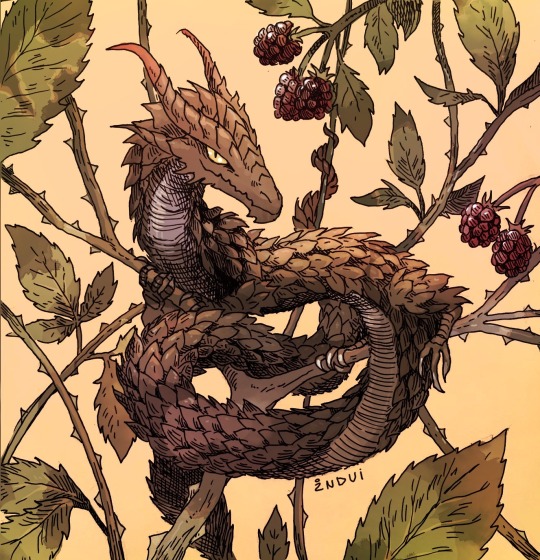
I stumbled across a photo (by Lindy Pollard) that fantastically mirrors a little dragon I drew a few years ago.... I can't get over this...
#pacific northwest#lindy pollard#pnw#marionberries#aaaaaaa#art#dragon#fantasy art#fantasy creatures#dragons#snakes#snake#garter snake
28K notes
·
View notes
Text

Magical Spot on the River
#artists on tumblr#original photographers#original photography#hiking#pacific northwest#nature#washington#pnw#nikon#orofeaiel#landscape#river#dosewallips river road#olympic peninsula#sunlight#moss#naturecore#forest#popular posts
10K notes
·
View notes
Text
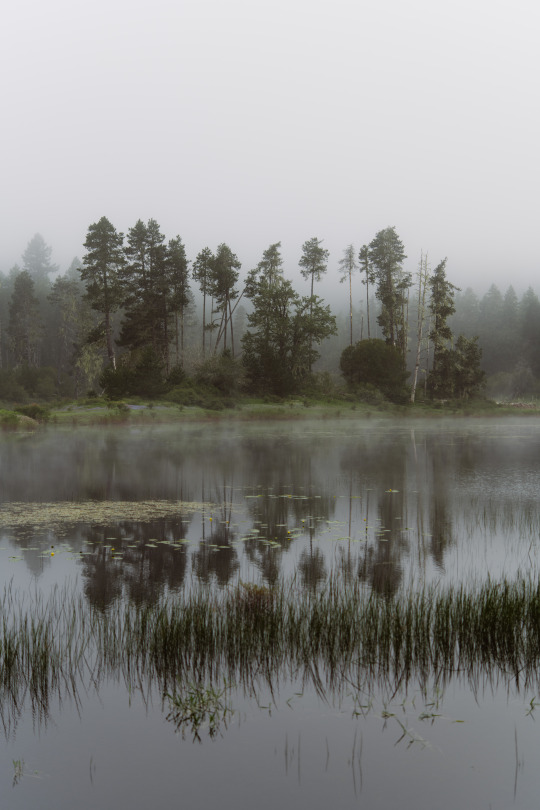
Island in the mist
#landscape#forest#nature#beauty#photographers on tumblr#artists on tumblr#original photographers#original photography#photography#aesthetic#Washington#pnw#westcoastbestcoast#art#pacific northwest#explore#travel#cottagecore#naturecore#grandmacore#p
12K notes
·
View notes
Text
If you aren't following the news here in the Pacific Northwest, this is a very, very big deal. Our native salmon numbers have been plummeting over the past century and change. First it was due to overfishing by commercial canneries, then the dams went in and slowed the rivers down and blocked the salmons' migratory paths. More recently climate change is warming the water even more than the slower river flows have, and salmon can easily die of overheating in temperatures we would consider comfortable.
Removing the dams will allow the Klamath River and its tributaries to return to their natural states, making them more hospitable to salmon and other native wildlife (the reservoirs created by the dams were full of non-native fish stocked there over the years.) Not only will this help the salmon thrive, but it makes the entire ecosystem in the region more resilient. The nutrients that salmon bring back from their years in the ocean, stored within their flesh and bones, works its way through the surrounding forest and can be traced in plants several miles from the river.
This is also a victory for the Yurok, Karuk, and other indigenous people who have relied on the Klamath for many generations. The salmon aren't just a crucial source of food, but also deeply ingrained in indigenous cultures. It's a small step toward righting one of the many wrongs that indigenous people in the Americas have suffered for centuries.
#salmon#dam removal#fish#animals#wildlife#dams#Klamath River#Klamath dams#restoration ecology#indigenous rights#Yurok Tribe#Karuk Tribe#nature#ecology#environment#conservation#PNW#Pacific Northwest
14K notes
·
View notes
Text
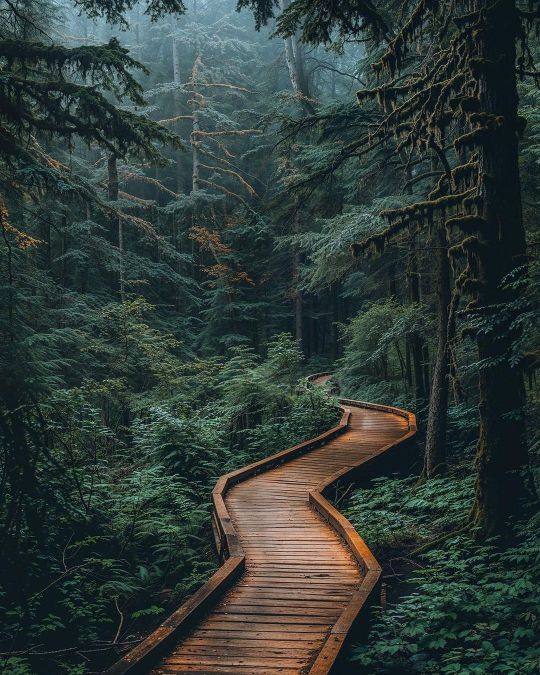
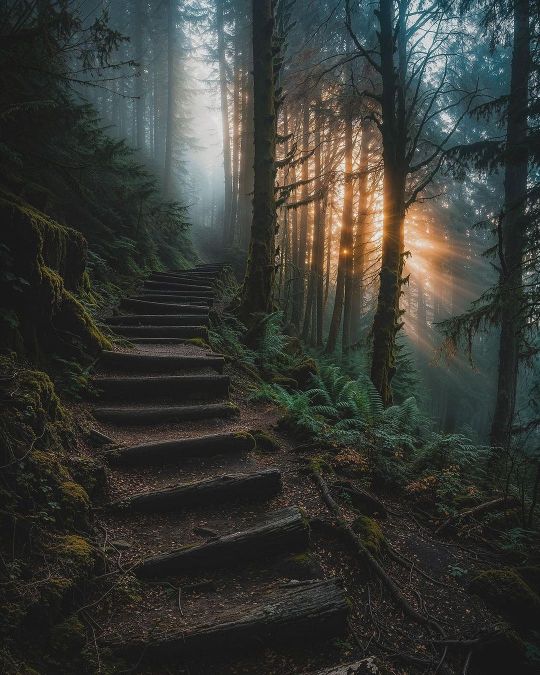

nomadict
#pacific northwest#pnw#forest#enchanted#a walk in the woods#forest path#naturecore#curators on tumblr
7K notes
·
View notes
Text

(by nathanleeallen)
#landscape#vertical#x#a#watsf#curators on tumblr#trees#nathanleeallen#pnw#pacific northwest#fall#autumn#path#road
11K notes
·
View notes
Text

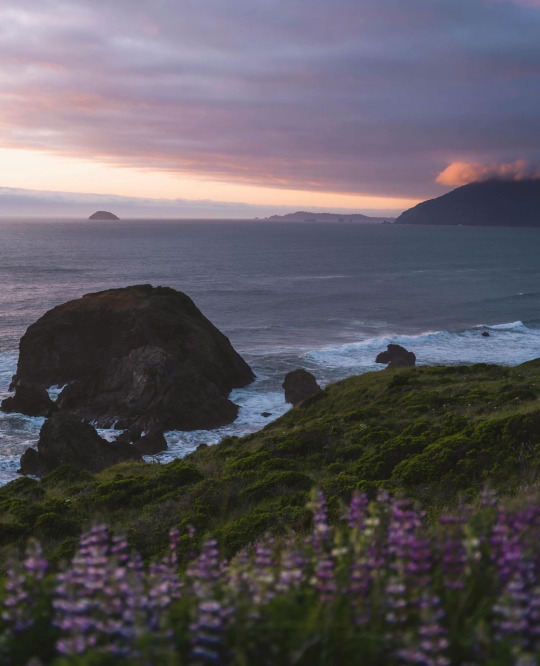
oregon
downtofowler
#oregon#pacific northwest#landscape photography#nature photography#ocean#sea#floral#flowers#wildflowers#naturecore#lensblr#curators on tumblr
4K notes
·
View notes
Photo
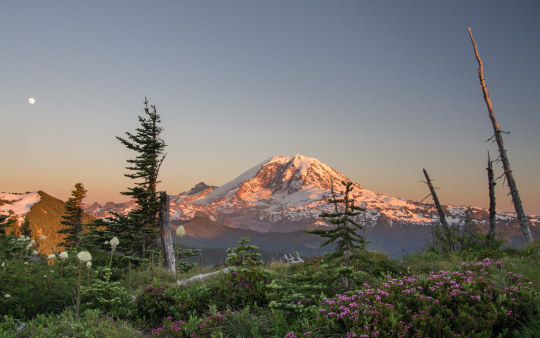

Summit Lake, Washington by me-wa
#lake#flowers#nature#sunset#moon#sky#spring#forest#mountains#pacific northwest#landscape#naturecore#curators on tumblr#uploads
18K notes
·
View notes
Text

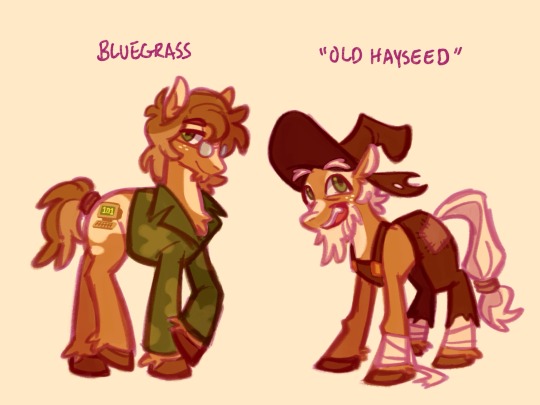
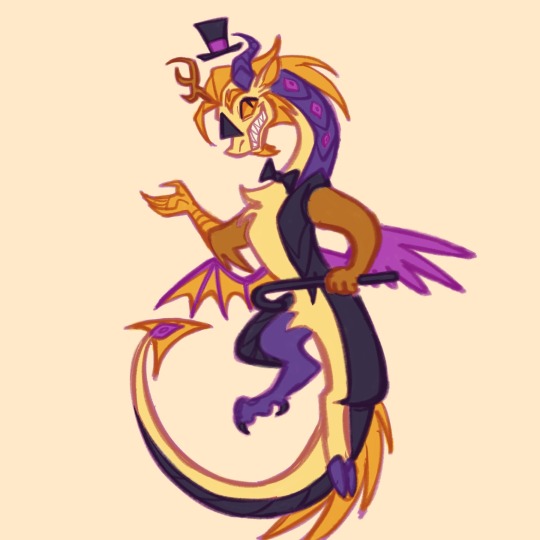
thanks for all the notes on my last pony post.. peace n love !! have some more. id in alt as usual
#not sure what 2 name bill so for now he's just himself#mlp x gf au#mlp#gravity falls#mlp fim#pacifica northwest#gideon gleeful#fiddleford mcgucket#bill cipher#crossover
2K notes
·
View notes
Text
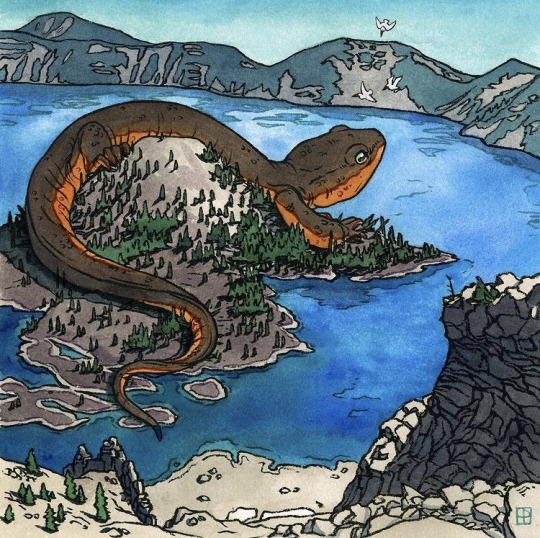
"Gentle Giant of Wizard Island"
12x12", Ink and watercolor, 2023. By Emily Poole.
#art#ink#watercolor#nature#pacific northwest#pnw#oregon#crater lake#newts#rough skinned newt#mazama newts#amphibians#wizard island#national park#some people in the tags don’t seem to know Wizard island is a real island in Crater Lake Oregon
15K notes
·
View notes
Text
For years, the people of the Kitasoo/Xai’xais First Nation watched over their waters and waited. They had spent nearly two decades working with Canada’s federal government to negotiate protections for Kitasu Bay, an area off the coast of British Columbia that was vulnerable to overfishing.
But the discussions never seemed to go anywhere. First, they broke down over pushback from the fishing industry, then over a planned oil tanker route directly through Kitasoo/Xai’xais waters.
“We were getting really frustrated with the federal government. They kept jumping onboard and then pulling out,” says Douglas Neasloss, the chief councillor and resource stewardship director of the Kitasoo/Xai’xais First Nation. “Meanwhile, we’d been involved in marine planning for 20 years – and we still had no protected areas.”
Instead, the nation watched as commercial overfishing decimated the fish populations its people had relied on for thousands of years.
Nestled on the west coast of Swindle Island, approximately 500km north of Vancouver, Kitasu Bay is home to a rich array of marine life: urchins and abalone populate the intertidal pools, salmon swim in the streams and halibut take shelter in the deep waters. In March, herring return to spawn in the eelgrass meadows and kelp forests, nourishing humpback whales, eagles, wolves and bears.
“Kitasu Bay is the most important area for the community – that’s where we get all of our food,” Neasloss says. “It’s one of the last areas where you still get a decent spawn of herring.”
So in December 2021, when the Department of Fisheries and Oceans withdrew from discussions once again, the nation decided to act. “My community basically said, ‘We’re tired of waiting. Let’s take it upon ourselves to do something about it,’” Neasloss says.
What they did was unilaterally declare the creation of a new marine protected area (MPA). In June 2022, the nation set aside 33.5 sq km near Laredo Sound as the new Gitdisdzu Lugyeks (Kitasu Bay) MPA – closing the waters of the bay to commercial and sport fishing.
It is a largely unprecedented move. While other marine protected areas in Canada fall under the protection of the federal government through the Oceans Act, Kitasu Bay is the first to be declared under Indigenous law, under the jurisdiction and authority of the Kitasoo/Xai’xais First Nation.

Pictured: "In some ways, I hope someone challenges us" … the Kitasoo/Xai’xais stewardship authority.
Although they did not wait for government approval, the Kitasoo did consult extensively: the declaration was accompanied by a draft management plan, finalised in October after three months of consultation with industry and community stakeholders. But the government did not provide feedback during that period, according to Neasloss, beyond an acknowledgment that it had received the plan...
Approximately 95% of British Columbia is unceded: most First Nations in the province of British Columbia never signed treaties giving up ownership of their lands and waters to the crown. This puts them in a unique position to assert their rights and title, according to Neasloss, who hopes other First Nations will be inspired to take a similarly proactive approach to conservation...
Collaboration remains the goal, and Neasloss points to a landmark agreement between the Haida nation and the government in 1988 to partner in conserving the Gwaii Haanas archipelago, despite both parties asserting their sovereignty over it. A similar deal was made in 2010 for the region’s 3,400 sq km Gwaii Haanas national marine conservation area.
“They found a way to work together, which is pretty exciting,” says Neasloss. “And I think there may be more Indigenous protected areas that are overlaid with something else.”
-via The Guardian, 5/3/23
#indigenous#indigenous issues#indigenous sovereignty#canada#british columbia#land back#first nations#tribal sovereignty#pacific northwest#marine protected area#conservation#sustainability#overfishing#marine science#canadian government#kitasoo-xai'xais#direct action#good news#hope
11K notes
·
View notes
Text



Priorities I guess
#gravity falls#dipper pines#pacific northwest#my art#incorrect quotes#comic#sketches#this looked so much better in my head but meh
2K notes
·
View notes
Text

Mossy River Embankment on the Olympic Peninsula
#artists on tumblr#original photographers#original photography#hiking#pacific northwest#nature#washington#pnw#nikon#orofeaiel#olympic peninsula#river#water#moss#forest#landscape#waterscape#dosewallips river road#sunlight#popular posts
2K notes
·
View notes
Text
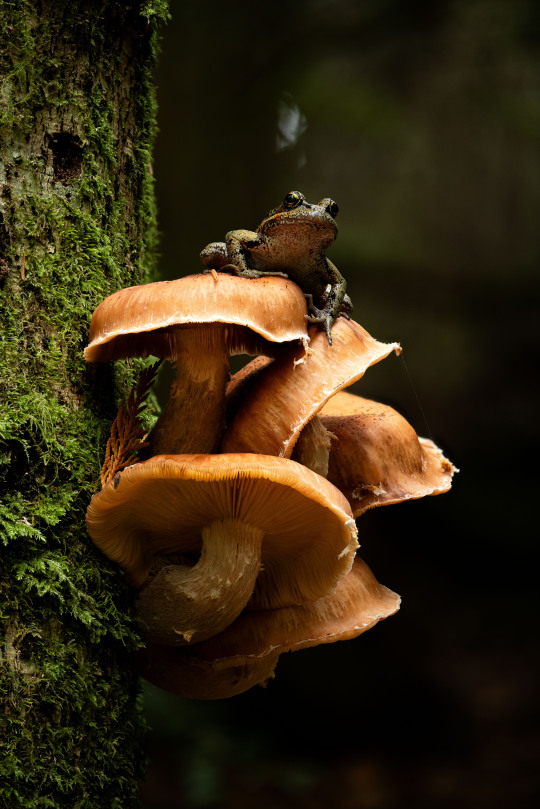
Toadstool
#frog#animals#mushroom#fungi#fungus#mushrooms#artists on tumblr#nature#original photographers#original photography#photography#photographers on tumblr#Washington#pacific northwest#forest#cottagecore#explore#p
9K notes
·
View notes
Text

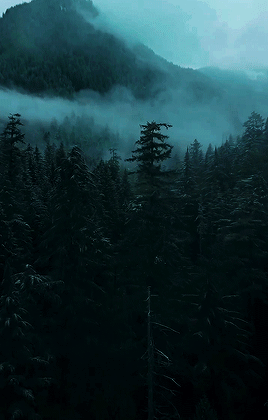
© Zach Nichols
#twilight#twilightedit#the twilight saga#twilight renaissance#twilight aesthetic#twilightcore#twilight core#forks#forkscore#forks core#forks aesthetic#forks washington#pnw#pacific northwest#gloomcore#forestcore#naturecore#mountains#my post*#my gifs*
5K notes
·
View notes
Text
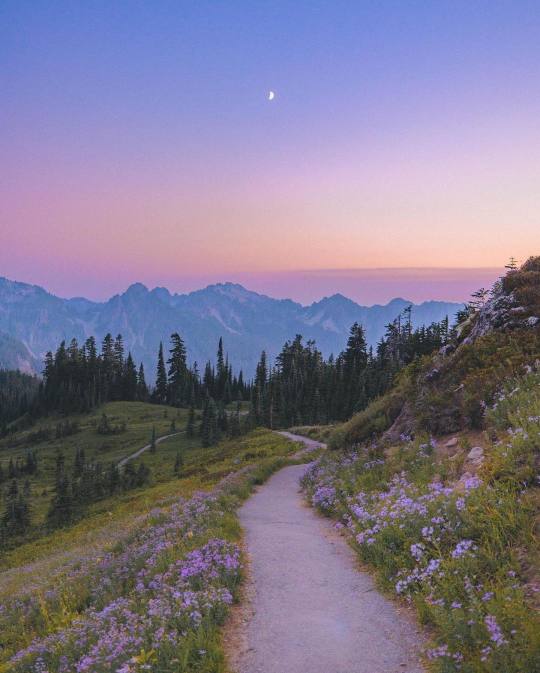

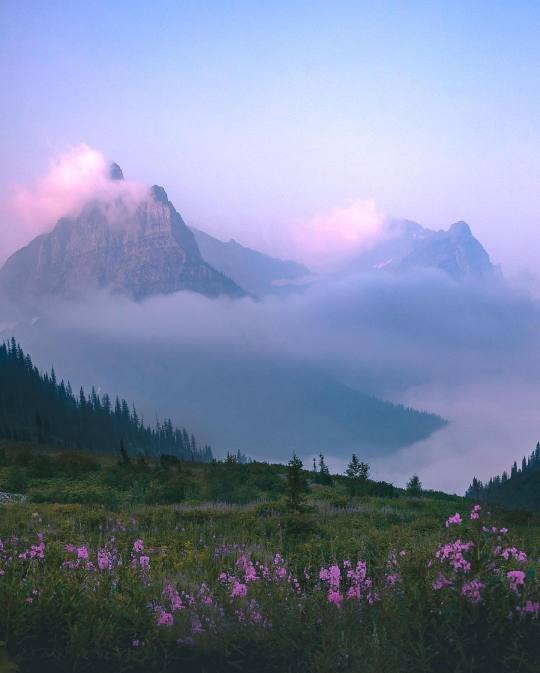
@emilie.hofferber
11K notes
·
View notes